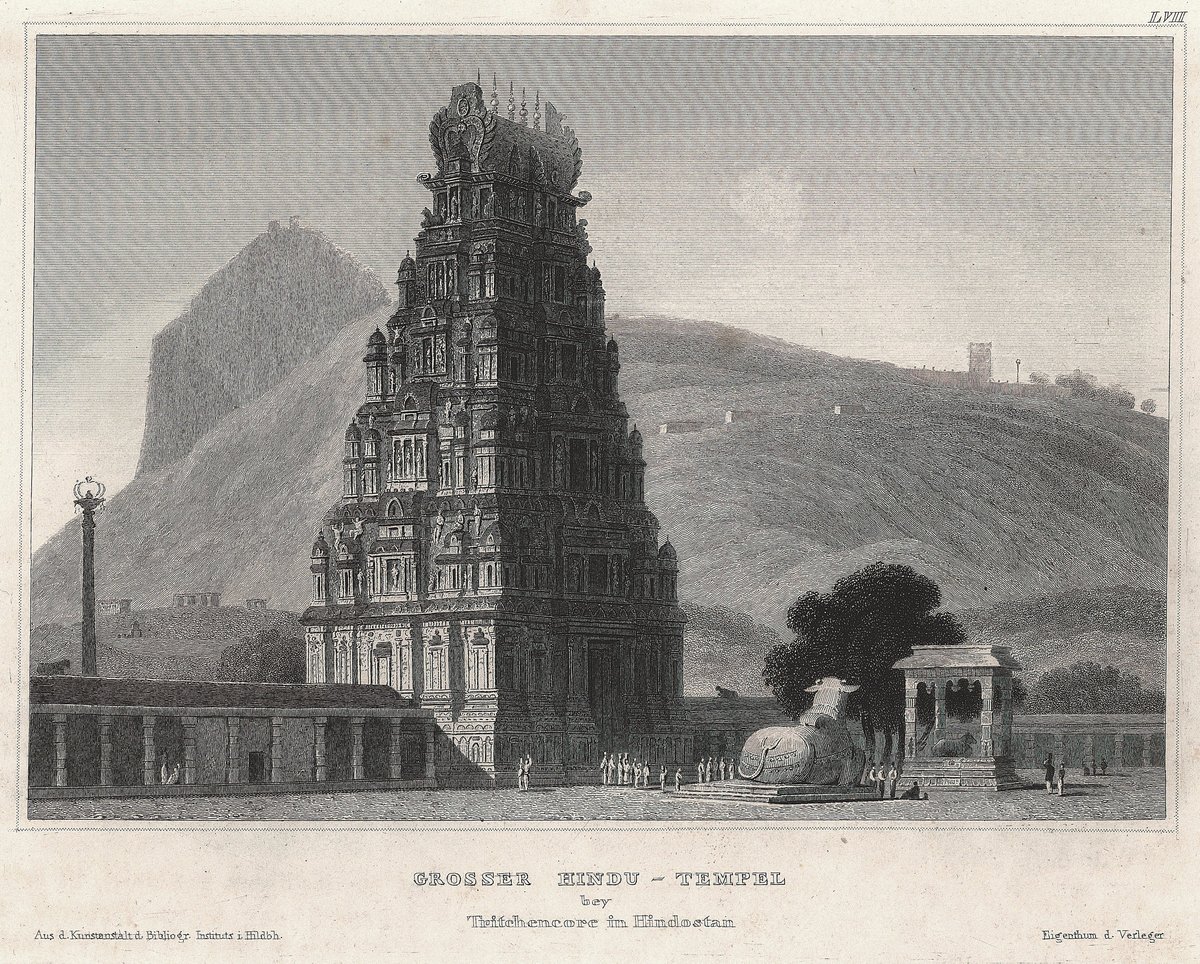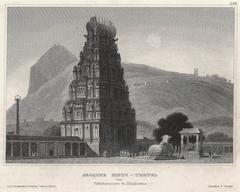
Arthanareeswarar Temple in Sankagiri: Visiting Hours, Tickets, and Cultural Significance
Date: 18/07/2024
Introduction
Located in the vibrant town of Sankagiri in Tamil Nadu, India, the Arthanareeswarar Temple is a beacon of spiritual devotion, architectural grandeur, and cultural heritage. This temple is not just a place of worship but also a historical monument that showcases the artistic brilliance of the Vijayanagara Empire. Constructed during the 14th to 17th centuries, the Arthanareeswarar Temple stands as a testament to the intricate craftsmanship and architectural innovation characteristic of the Vijayanagara and Dravidian styles. The temple is dedicated to Lord Arthanareeswarar, a unique form of Lord Shiva that symbolizes the union of masculine and feminine energies, making it a significant pilgrimage site for devotees seeking blessings for marital harmony and prosperity. This comprehensive guide delves into the temple’s rich history, its religious and architectural significance, practical visitor information, and nearby attractions, offering a detailed overview for anyone planning to visit this majestic site.
Table of Contents
- [History and Significance](#history-and-significancehistory-and-significance)
- [Early History and Construction](#early-history-and-constructionearly-history-and-construction)
- [Architectural Significance](#architectural-significancearchitectural-significance)
- [Religious Significance: The Legend of Arthanareeswarar](#religious-significance-the-legend-of-arthanareeswararreligious-significance-the-legend-of-arthanareeswarar)
- [Local Legends and Folklore](#local-legends-and-folklorelocal-legends-and-folklore)
- [Visitor Information](#visitor-informationvisitor-information)
- [Visiting Hours](#visiting-hoursvisiting-hours)
- [Ticket Prices](#ticket-pricesticket-prices)
- [Travel Tips](#travel-tipstravel-tips)
- [Nearby Attractions](#nearby-attractionsnearby-attractions)
- [Special Events and Guided Tours](#special-events-and-guided-toursspecial-events-and-guided-tours)
- [Photographic Spots](#photographic-spotsphotographic-spots)
- [Conclusion](#conclusionconclusion)
- [FAQ](#faqfaq)
- [References](#referencesreferences)
History and Significance
Early History and Construction
The origins of the Arthanareeswarar Temple are steeped in mystery, but evidence points to its construction during the Vijayanagara Empire, which ruled South India from the 14th to the 17th centuries. Initial structures, including the sanctum sanctorum and surrounding mandapams (halls), date back to the 14th century, with later additions such as the gopuram (tower) and smaller shrines being added by various Vijayanagara rulers and local chieftains.
Architectural Significance
The temple is a splendid example of Vijayanagara architecture, characterized by its grandeur, intricate carvings, and imposing structures. The towering gopuram, visible from afar, is adorned with vibrant depictions of deities and mythological scenes. Inside, the mandapams showcase the architectural prowess of the Vijayanagara artisans with intricately carved pillars, each telling a unique story. Elements of Dravidian architecture are also evident, reflecting the region’s artistic traditions.
Religious Significance: The Legend of Arthanareeswarar
The temple derives its name ‘Arthanareeswarar’ from its presiding deity, a unique form of Lord Shiva. Arthanareeswarar represents the union of Shiva and Parvati, depicted as half-male and half-female, symbolizing the inseparable nature of masculine and feminine energies in the universe. This unique iconography makes the temple a significant pilgrimage site for devotees seeking blessings for marital harmony, prosperity, and spiritual enlightenment.
Local Legends and Folklore
Local legends add to the temple’s mystique. One such story tells of a king who, cursed with leprosy, found solace and a cure at the temple through sincere devotion and penance. Such tales contribute to the temple’s reputation as a place of divine intervention and healing.
Visitor Information
Visiting Hours
The Arthanareeswarar Temple is open daily from 6:00 AM to 12:00 PM and from 4:00 PM to 8:00 PM, making it accessible for both early morning and evening visits.
Ticket Prices
Entry to the temple is free, but donations are welcome and help in the maintenance and preservation of this historic site.
Travel Tips
- Location: Sankagiri town is well-connected by road and rail. The nearest major city is Salem, about 40 kilometers away.
- Best Time to Visit: The temple is best visited during the cooler months from October to March. Avoid visiting during peak summer due to high temperatures.
- Dress Code: Modest attire is recommended. Traditional Indian clothing is preferred.
Nearby Attractions
While in Sankagiri, you can also explore other historical sites such as the Sankagiri Fort, which offers panoramic views of the surrounding area and insights into the region’s history.
Special Events and Guided Tours
The temple is especially vibrant during festivals like Maha Shivaratri and Navaratri, featuring rituals, music, and dance performances. Guided tours are available, providing in-depth insights into the temple’s history and architecture.
Photographic Spots
The temple complex offers numerous photographic opportunities, from the towering gopuram to the intricately carved pillars and scenic surroundings. Early morning and late afternoon light provide the best conditions for photography.
Conclusion
Visiting the Arthanareeswarar Temple is not just a journey into the past but also an opportunity to witness the enduring power of faith and the timeless appeal of art and architecture. Whether you’re a devotee, a history enthusiast, or an architecture aficionado, this temple has something to offer for everyone.
FAQ
Q: What are the Arthanareeswarar Temple visiting hours? A: The temple is open from 6:00 AM to 12:00 PM and 4:00 PM to 8:00 PM.
Q: Are there any entry fees for the Arthanareeswarar Temple? A: Entry is free, but donations are welcome.
Q: What is the best time to visit the temple? A: The best time to visit is from October to March when the weather is cooler.
Q: Are there any nearby attractions? A: Yes, you can visit the Sankagiri Fort, which is rich in history and offers stunning views.
Q: Are guided tours available? A: Yes, guided tours are available and provide detailed insights into the temple’s history and architecture.


